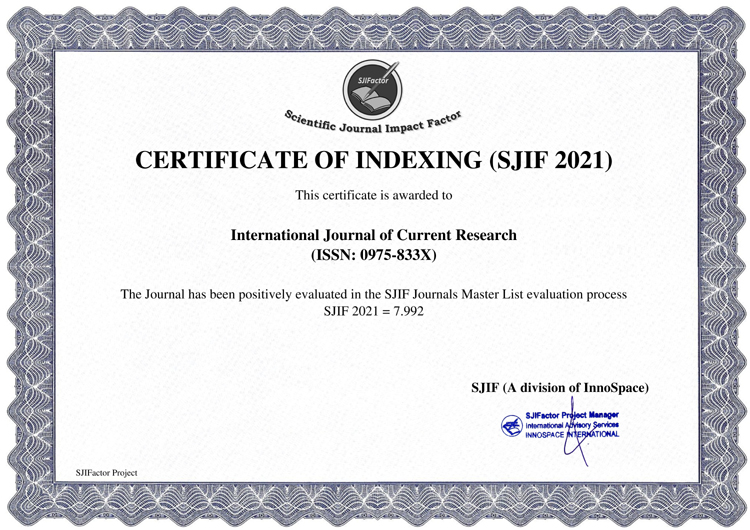Bay leaf belongs to the family Lauraceae, genus Laurus and species Laurus nobilis. L. nobilis is known by different names. In Urdu, it is known as teejh pat. In English, it is typically called bay leaf or sweet bay. In Arabic, it is known as waraq ghaar. In German, it is known as lorbeer. In Greek, it is called dafni. In India, specifically in Hindi, it is called teejpatta. Common names are Bay Laurel, Bay Leaf Tree, Bay Tree, Grecian Laurel, Laurel, Laurel Tree, Sweet Bag, Sweet Bay, Tree Laurel and True Laurel; Bay, Bay-leaf Laurel, Gekkeiju, Grecian Laurel, lager laurel, Laurier, Lorbeerstrauch, Loureiro, Louro, Louro-comum, Louro-de-apolônio, Louro-europeu, Sweet Bay and Yue Gui. Foreign Name of Bay leaf are in Spanish : Laurel, French : Laurier, German : Lorbeer, Swedish : Lager, Arabic: Ghar, Dutch : Laurier, Italian : Alloro, Portuguese : Loureiro, Russian : Laur, Japanese : Gekkeiju, Chinese : Yuch-kuei, English : Sweet laurel, Bayleaf. The plant is the source of several popular herbs and one spice used in a wide variety of recipes, particularly among Mediterranean cuisines. Most commonly, the aromatic leaves are added whole to Italian pasta sauces. They are typically removed from dishes before serving, although they may also be used as a simple garnish. Whole bay leaves have a long shelf life of about one year, under normal temperature and humidity. Whole bay leaves are used almost exclusively as flavor agents during the food preparation stage. Ground bay leaves, however, can be ingested safely and are often used in soups and stocks, as well as being a common addition to a Bloody Mary. Dried laurel berries and pressed leaf oil can both be used as robust spices, and the wood can be burnt for strong smoke flavoring. Laurus nobilis is widely cultivated as an ornamental plant in regions with Mediterranean or oceanic climates, and as a house plant or greenhouse plant in colder regions. It is used in topiary to create single erect stems with ball-shaped, box-shaped or twisted crowns; also for low hedges. However, it is slow-growing and may take several years to reach the desired height. Together with a gold form, L. nobilis 'Aurea' and a willow-leaved form L. nobilis f. angustifolia, it has gained the Royal Horticultural Society's Award of Garden Merit. One of the most important pests affecting ornamental laurels is caused by the jumping plant louse Trioza alacris, which induces the curling and thickening of the edge of the leaves for the development of the insect's nymphs, eventually creating a necrosed gall. The species is also affected by the scale insect Coccus hesperidum. The bay leaf is a powerfully aromatic leaf used primarily for culinary purposes. Although there are multiple varieties of bay leaves cultivated around the world today, the original bay leaf came from the bay laurel tree which is native to the Asian side of the Mediterranean. This form of bay leaf, which is also known as sweet bay and Grecian laurel, is still the herb typically used for infusing soups and sauces with an aromatic flavor. Bay leaves can be used in dried, crushed, and fresh form, but are most commonly sold as dried whole leaves in the spice aisle of any grocery store. Bay leaves have many uses in cooking. They are a common ingredient in the French “bouquet garni,” a traditional bundle of herbs that are tied together and added to stews, soups, sauces, and casseroles during the cooking process. In this review article on Origin, Taxonomy, Botanical Description, Genetics and Cytogenetics, Genetic Diversity, Breeding and Cultivation of Bay Leaf are discussed.





